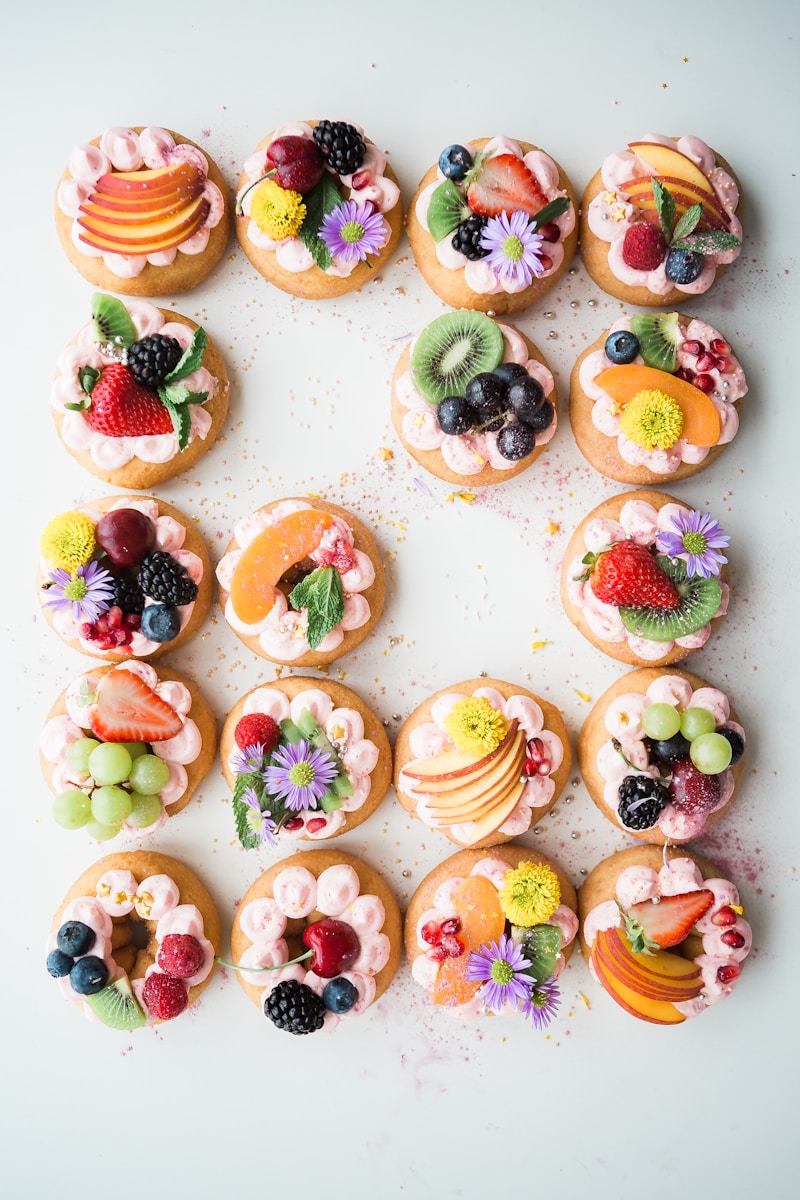Mapping Out Your Wedding Budget Breakdown: A Comprehensive Guide
Mapping Out Your Wedding Budget Breakdown: A Comprehensive Guide
Introduction to Wedding Budgeting
Planning a wedding is an exciting yet daunting task. One of the most crucial aspects is creating a wedding budget breakdown. Understanding how to allocate funds for various elements can make the planning process smoother and less stressful. In this guide, we will explore all the essentials of wedding budgeting, offering valuable tips to help you create the perfect wedding budget.
The Importance of a Wedding Budget
A well-structured wedding budget is essential for several reasons. It allows couples to:
- Understand their financial limits
- Prioritize their spending
- Avoid overspending
- Plan according to their unique vision
By mapping out your wedding budget breakdown, you can focus on what truly matters to you and your partner, ensuring a memorable and enjoyable celebration.
Creating Your Wedding Budget Breakdown
To effectively map out your wedding budget, start by determining your total budget. This figure will guide all your spending decisions. Here’s a typical breakdown of expenses:
| Expense Category | Percentage of Budget |
| Venue | 30% |
| Catering | 25% |
| Photography/Videography | 10% |
| Attire | 10% |
| Flowers & Decor | 10% |
| Entertainment | 5% |
| Miscellaneous | 5% |
These percentages are flexible, depending on your personal priorities and preferences.
1. Venue
The venue is often the largest expense in your wedding budget breakdown, typically consuming around 30% of your overall budget. Consider factors such as location, capacity, and included services when selecting your venue. Additionally, think about timing; off-peak seasons can yield significant savings.

2. Catering
Catering is another major component of your wedding budget, averaging about 25%. When planning your catering budget, consider the type of meal you want to serve—sit-down dinner, buffet, or food stations. Don't forget about drinks; whether you provide an open bar or a cash bar can significantly impact your costs.
3. Photography and Videography
Documenting your wedding day is invaluable. Allocating around 10% of your budget to photography and videography ensures that you have lasting memories. Research various photographers and videographers in your area, and review their portfolios to find a style that resonates with you.
4. Attire
Your wedding attire, including dresses, suits, and accessories, typically accounts for about 10% of your budget. Allocate funds for alterations and any additional accessories you may want. Don’t shy away from exploring second-hand or sample sales for potential savings.
5. Flowers and Decor
Flowers and decor play a significant role in setting the ambiance of your wedding. Plan to spend around 10% of your budget here. Consult with florists to create arrangements that fit your theme while staying within your budget. DIY options can also extend your decor budget.
6. Entertainment
Entertainment, such as a band or DJ, typically requires around 5% of your wedding budget. A good DJ or live band can make a huge difference in creating a fun atmosphere, so choose wisely and read reviews before making a decision.
7. Miscellaneous Costs
Finally, it’s wise to set aside around 5% of your budget for miscellaneous expenses like invitations, gifts for the wedding party, or unexpected costs that may arise during the planning process. Having this buffer will prevent unwelcome surprises.
Tips for Sticking to Your Wedding Budget
Adhering to your budget against the temptation to overspend is a challenge. Here are some tips to help you stay on track:
- Track your spending. Use budgeting tools or apps to monitor your expenses and stay within limits.
- Prioritize what matters. Focus on elements that are most important to you and allocate accordingly.
- Be flexible. If a particular area is exceeding your budget, consider making adjustments elsewhere.
- Communicate with your partner. Regular discussions about finances and priorities can help unify your budgeting approach.
Related Questions
When mapping out your wedding budget breakdown, you might have other questions, such as:
- What are common hidden wedding costs?
- How can we save on reception costs?
- Should we hire a wedding planner?
- What are some DIY projects to save money?
These questions often arise, and it's essential to research and discuss them with your partner to find the most suitable solutions for your wedding.
Conclusion
Mapping out your wedding budget breakdown is a vital step in planning the perfect wedding. By following the guidelines shared in this article, you can create a customized budget that reflects your preferences while managing your finances effectively. Remember to stay focused, prioritize your expenses, and communicate openly with your partner throughout the planning process. A successful wedding is not only about making it unforgettable but also about doing so within your means.
Planning a wedding is one of life’s biggest events, and a clear budget breakdown will help make the experience that much more enjoyable. Best of luck as you embark on this incredible journey together!
